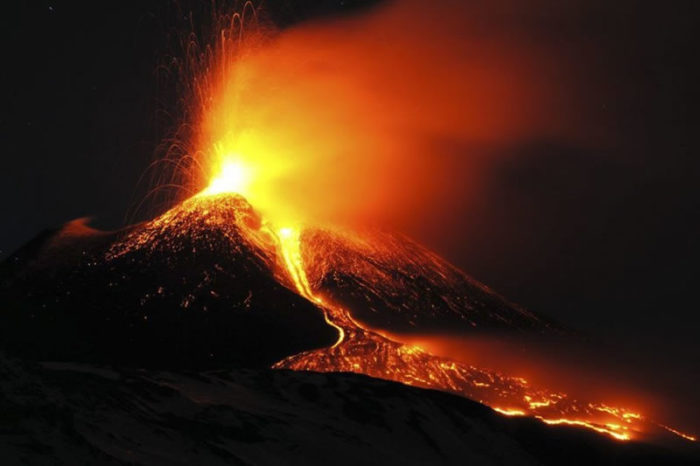How Lake Nicito
in Catania got destroyed
by lava in a few hours
They say it was a lovely spot, with a depth of 50 feet and a width of 4 miles, and that it was the place where high-society villa appeared and boat races used to take place
Did you know that Catania was surrounded by a lake? They say it was a lovely spot, with a depth of 50 feet and a width of 4 miles, and that there was the place where high-society villa appeared and boat races took place. How many times have people wondered where the name “via Lago di Nicito” come from?
It is very difficult to understand the history of this fascinating place because of the lack of reliable data about its origin, position and etymology. We talked about it with the IBAM-CNR archeologist and researcher Antonino Mazzaglia, who explained: «We know for sure that the lake did exist once and that many of the streams of river Amenano (which crossed the city to get to the sea) branched off from it».
According to older sources dating back to the seventeenth century and summed up by the journalist and writer Gaetano Zappalà in his Encyclopedia of Catania (1987), the lake originated from an alteration of Amenano’s flow near piazza Santa Maria di Gesù during an eruption of Etna in 406 BC. However, Antonino Mazzaglia thinks that «it could date back to Prehistoric age on the basis of some Neolithic archeological material found near its alleged extension area». The lake became smaller because of an eruption of the third century and after the one of 1669 it disappeared in only six hours.
Talking about his topography, the lake was placed south of Cibali by the architect and geologist Carmelo Sciuto Patti in his Hydrographic Map of Catania (1877), on the basis of coring works and observations. This placement was corrected by the archeologist and professor of Ancient Topography at the University of Catania Edoardo Tortorici. In fact, in his Marine Archeology. Studies, Researches and Documents (2002), he situated the lake further south «because of a valley you can still notice south of piazza Montessori and piazza Arnaldo Fusinato». Mazzaglia’s point of view was also shared by Francesco Tomasello, a retired architect and former professor of Evaluation and Technical Analysis of Ancient Monuments.
Translated by Daniela Marsala



